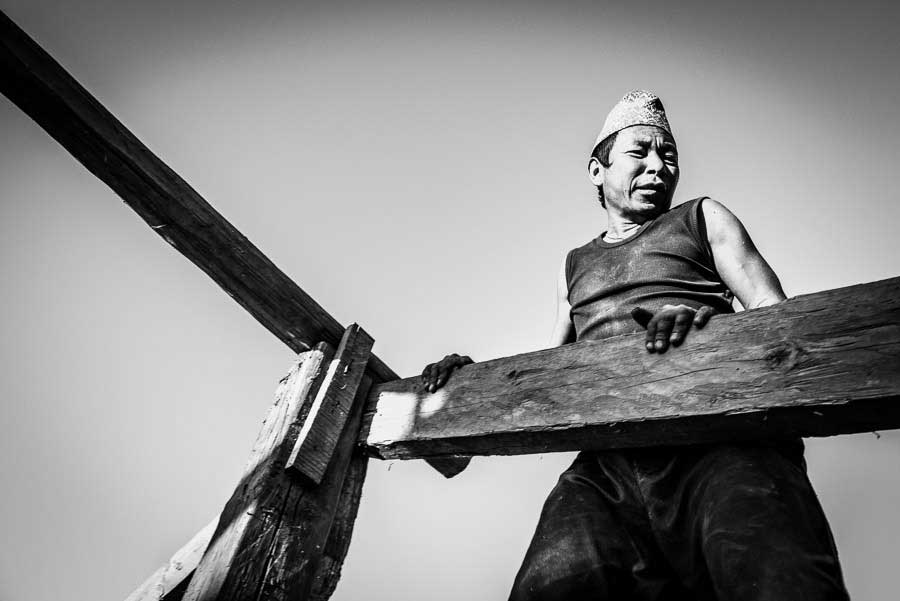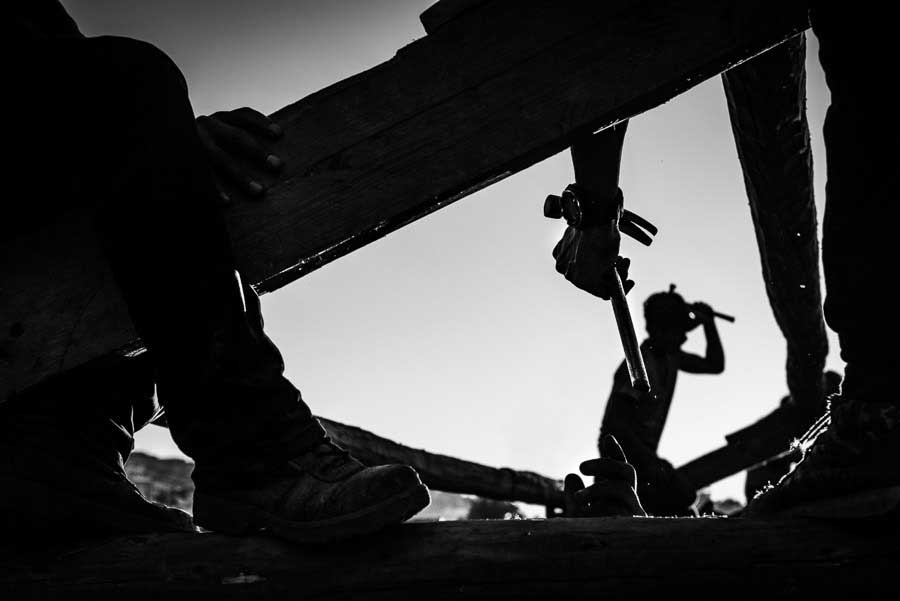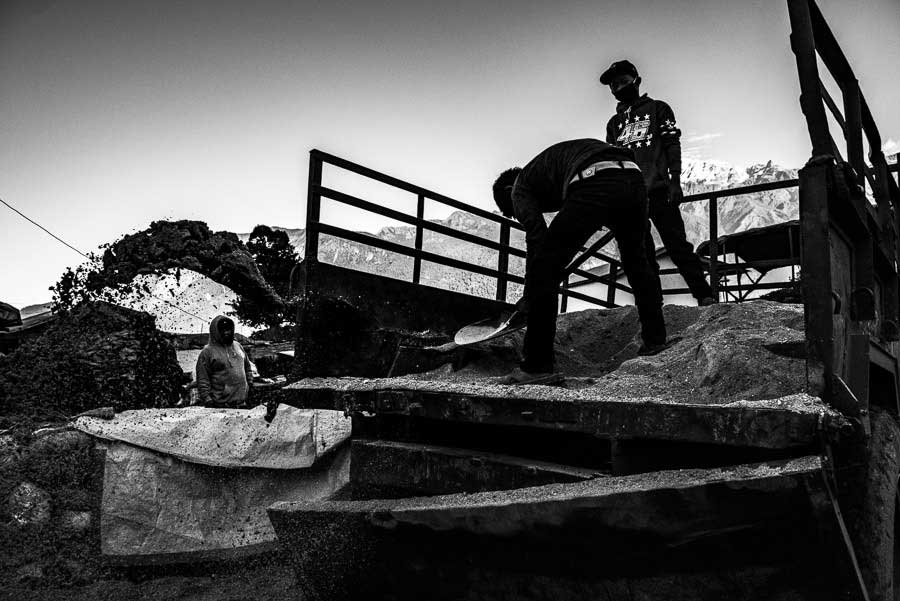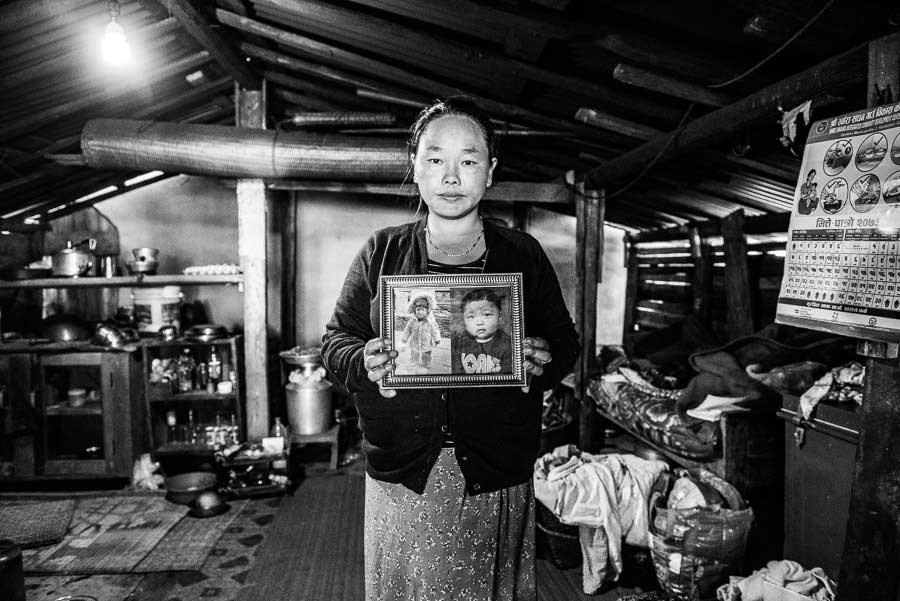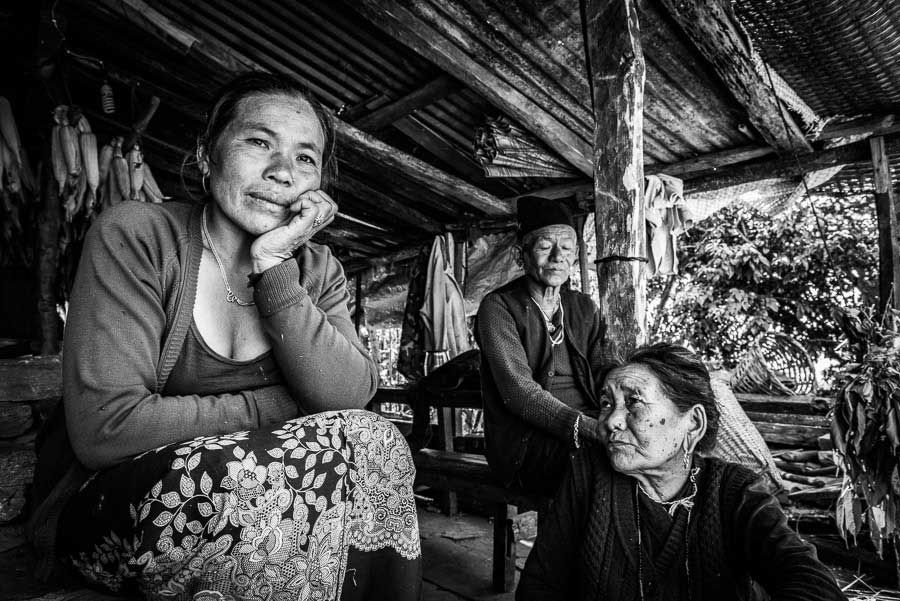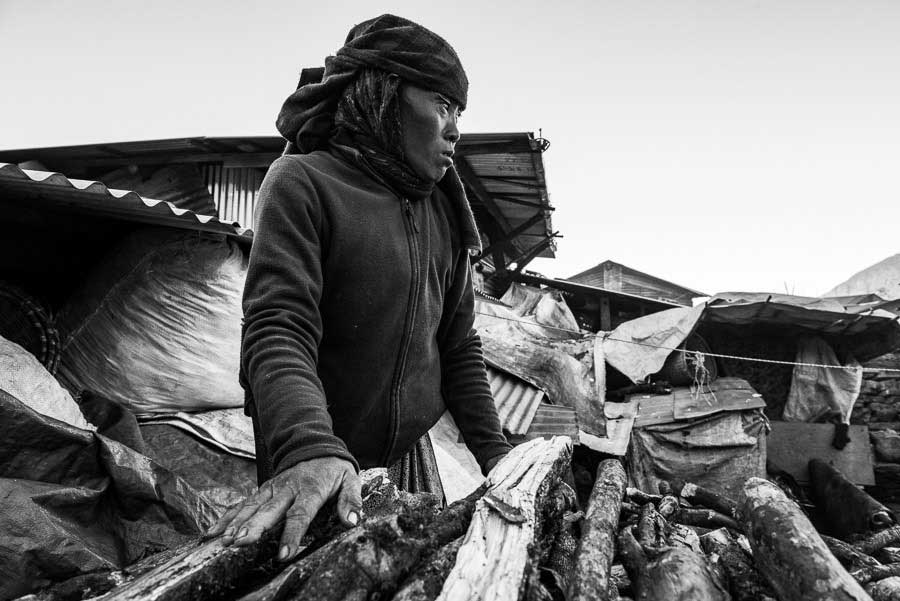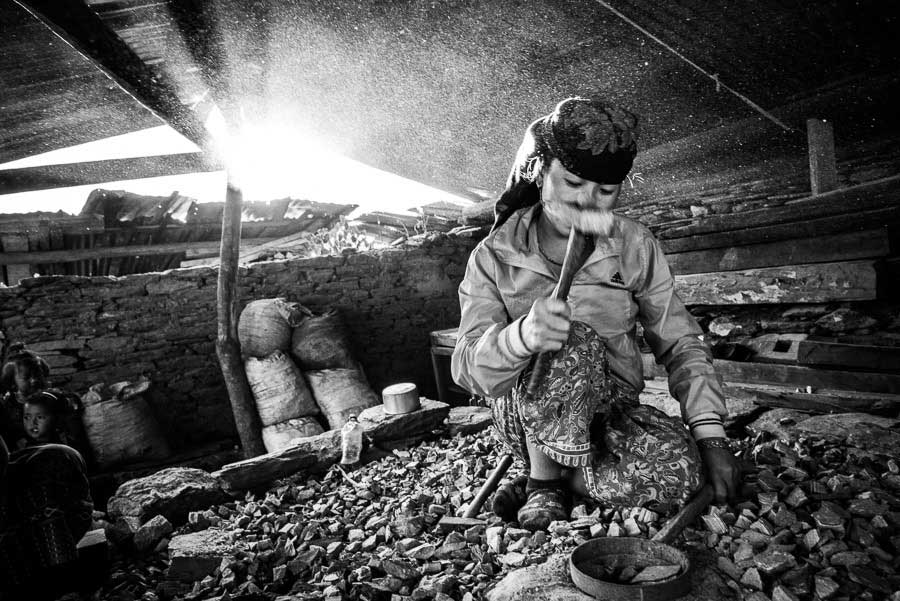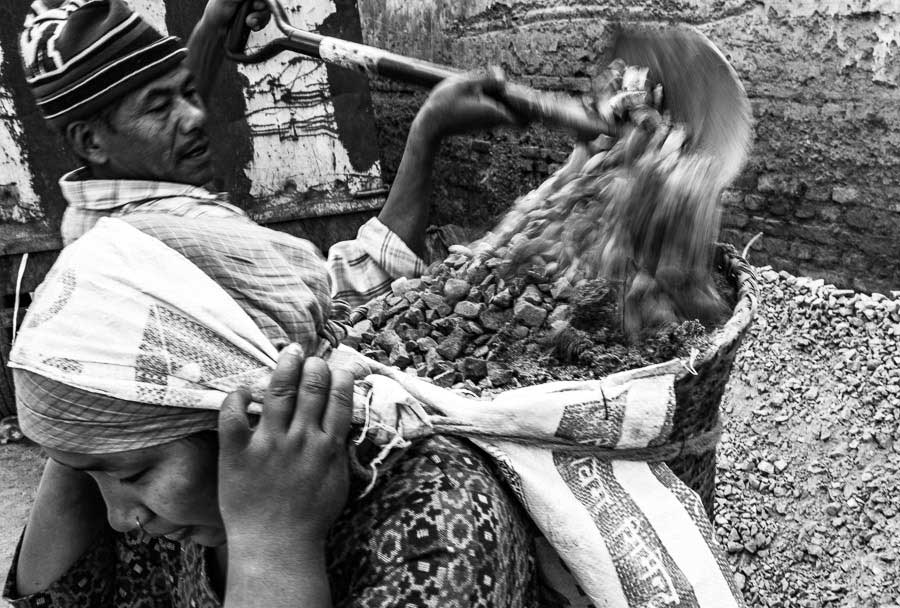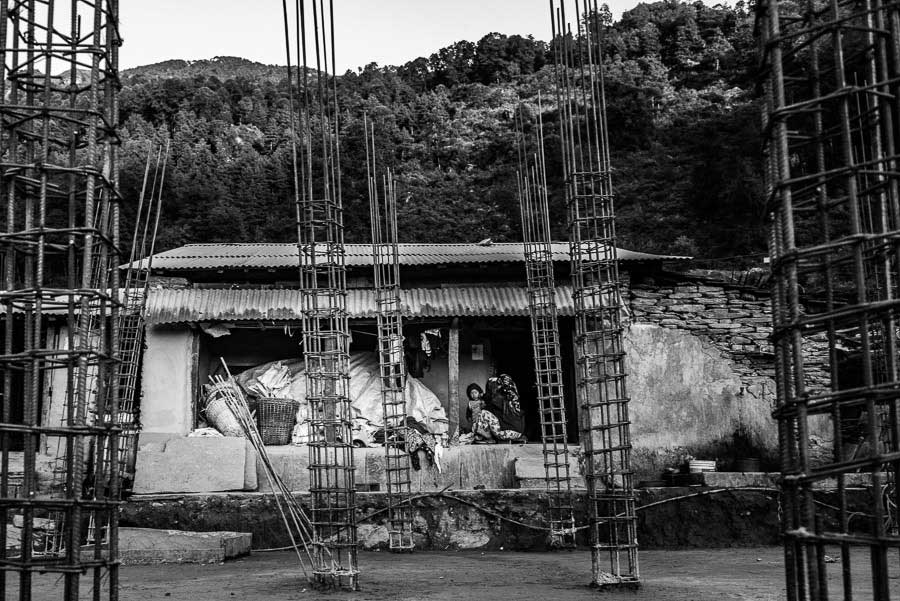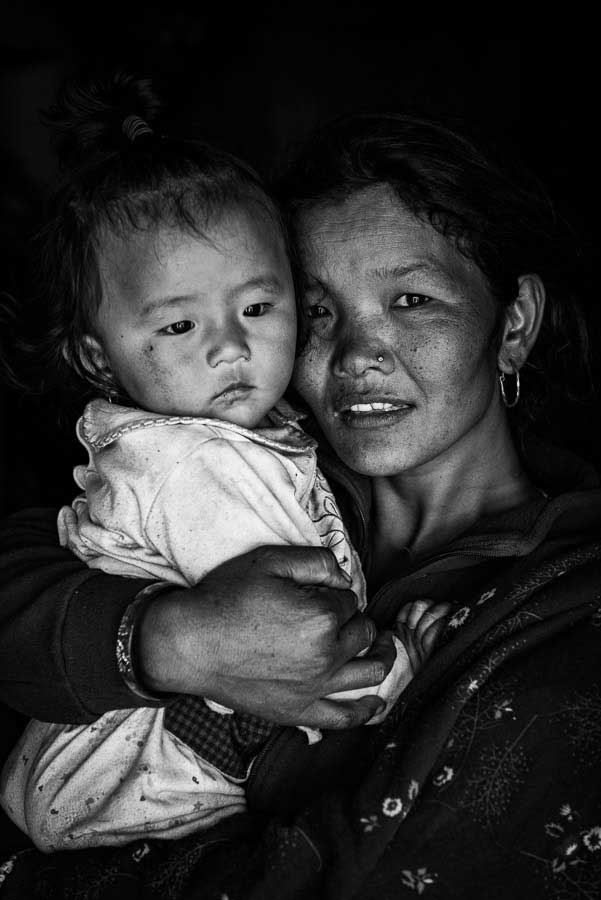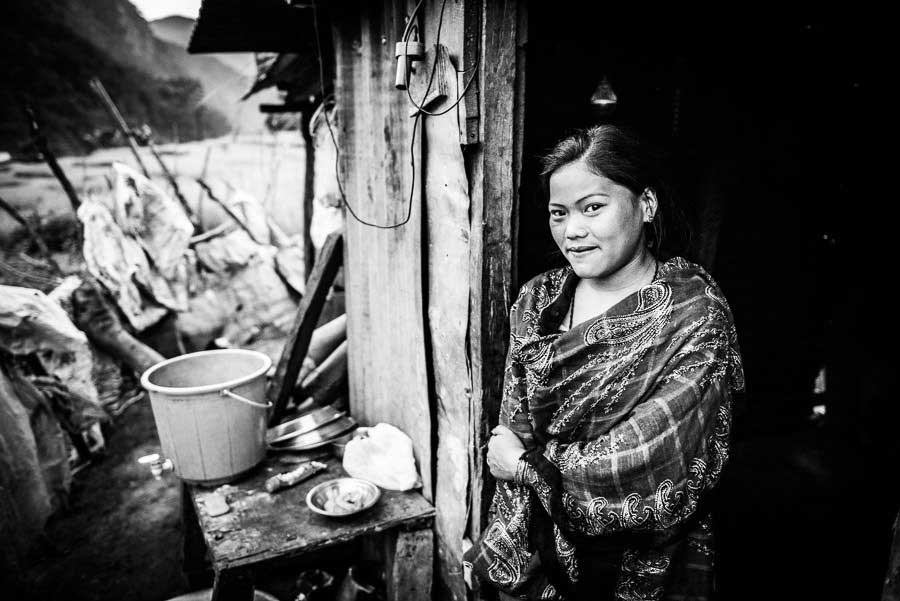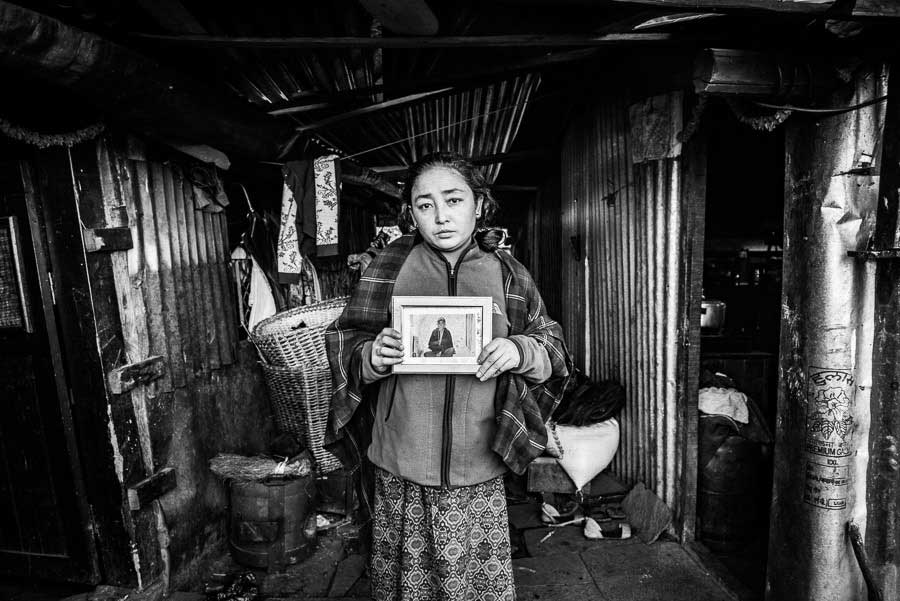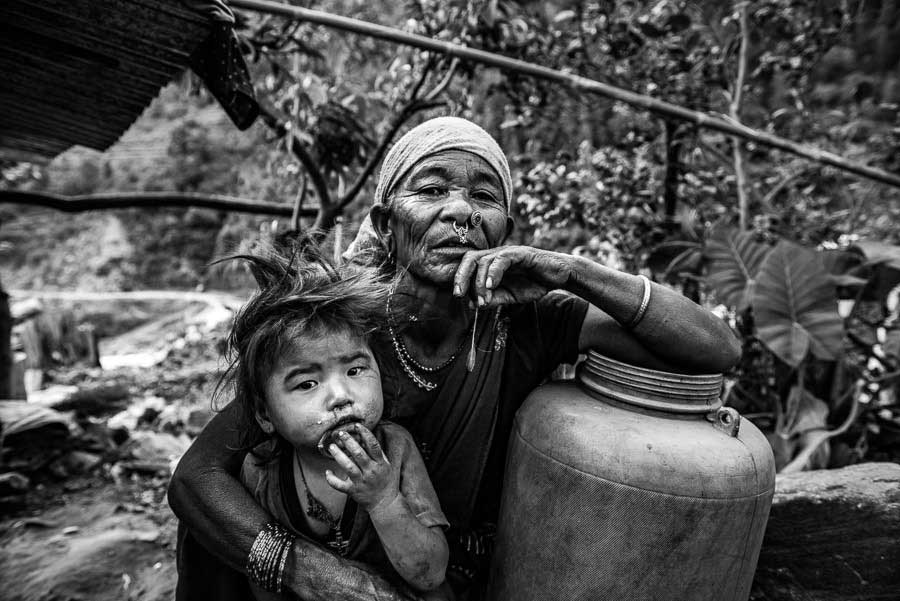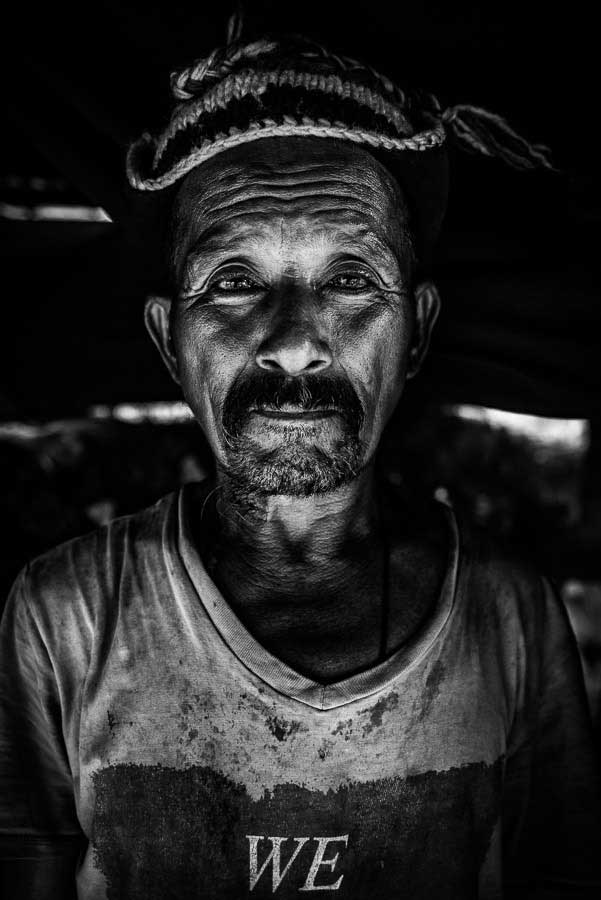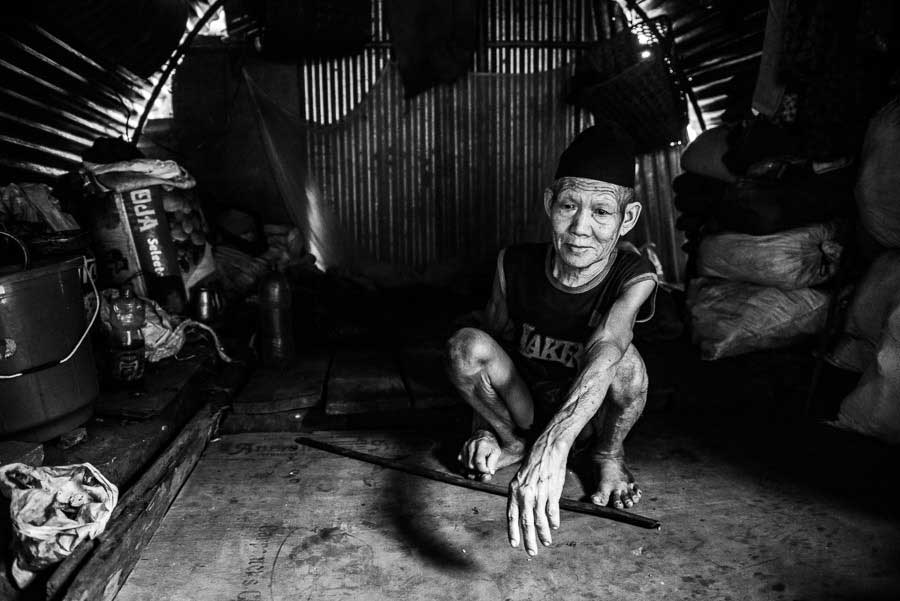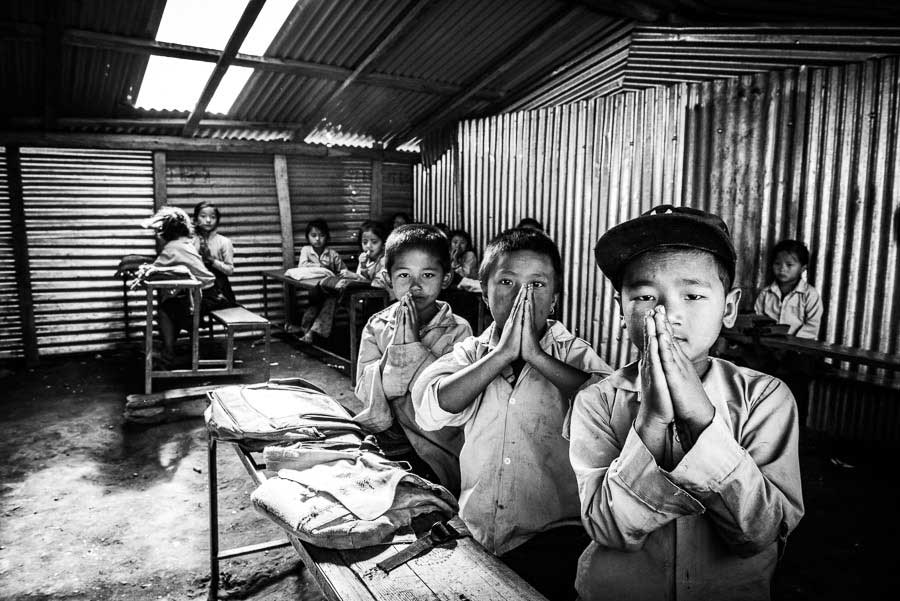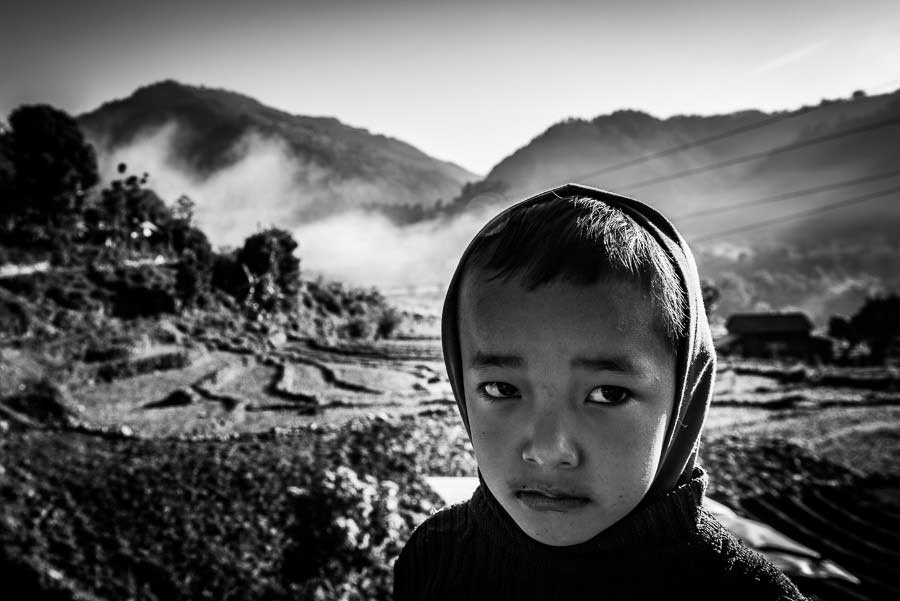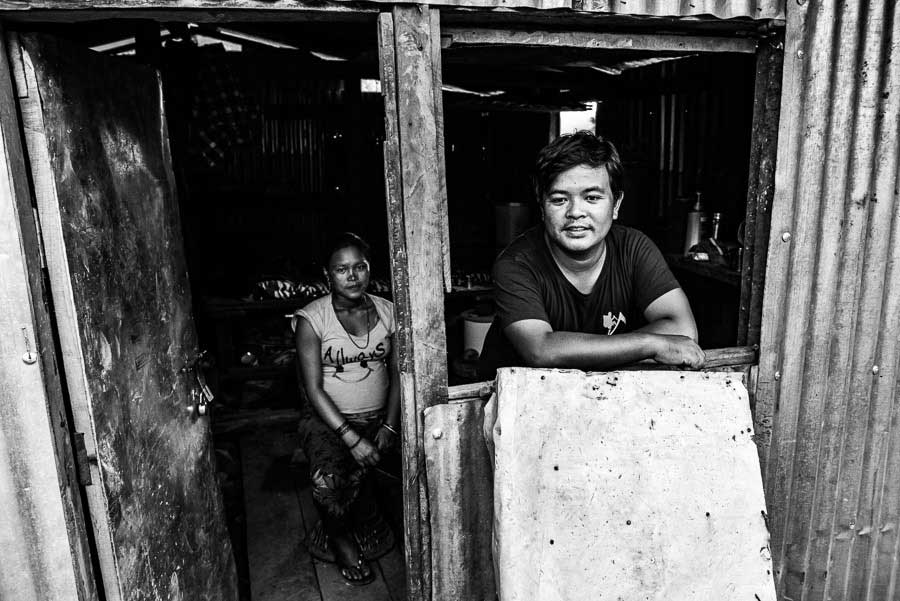In 2015 (2072) Nepal was destroyed by two powerful earthquakes.
The first one measuring 7.8 on the Richter scale struck on 25 April, another 17 days later, i.e. on 12 May. These earthquakes killed nearly 9,000 people, destroying over 600,000 homes.
After more than year and a half the Nepalese are still struggling with the aftermath of this tragedy. Just after the disaster, 200,000 rupees (about 2,000 U.S dollars) were promised by the government to each family who lost their home. However, in March 2016 a small number of people received only 50,000 rupees (500 U. S dollars). Many earthquake victims are still living in temporary wooden shelters with corrugated iron roofs, which are their only protection during the monsoon season. The residents of Gorkha District, near the epicentre of the earthquake, are still uncertain of their future. Many survivors have lost everything they owned, and on top of all that, they have lost their families and friends. But some are trying to rebuild their homes on their own, taking materials from the destroyed houses. The elderly are helpless because they are not able to build a new home on their own at their age. [Official Website]
We want our homes to be rebuilt as quickly as possible. Most of the people who are able to build their homes on their own have almost finished, and we’re afraid that the government may leave us and forget about support for us,
-A resident of Baluwa-
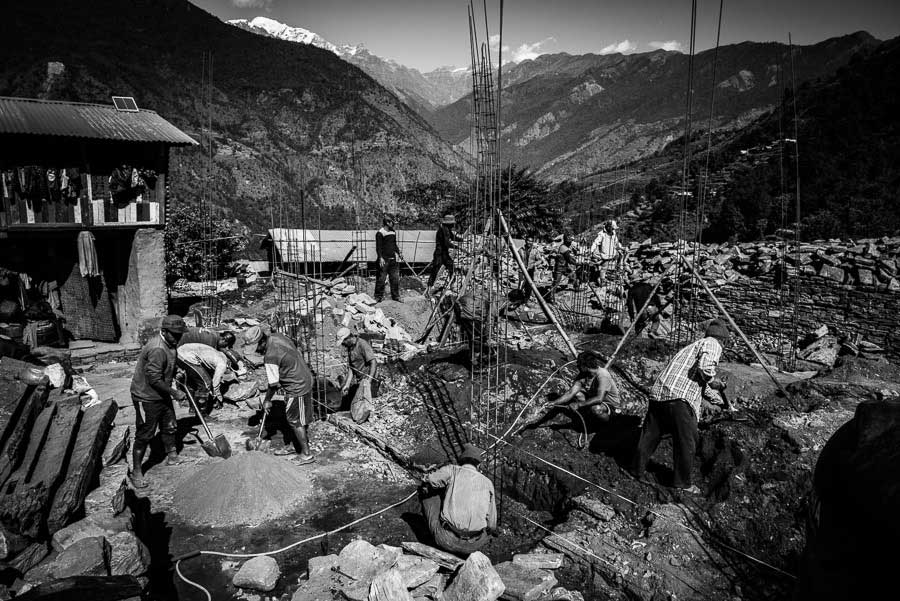
At first we received 10,000 rupees, 50,000 in total, so we started building our temporary shelter. We’ve borrowed money from people, we didn’t know the construction of a house is so expensive; we don’t know how to pay off our debts. We’ve heard the Government is not going to give us any money. Some have told us that we’ll receive only 15,000 rupees. What should we do? We’re still struggling…,
-A resident of Barpak-
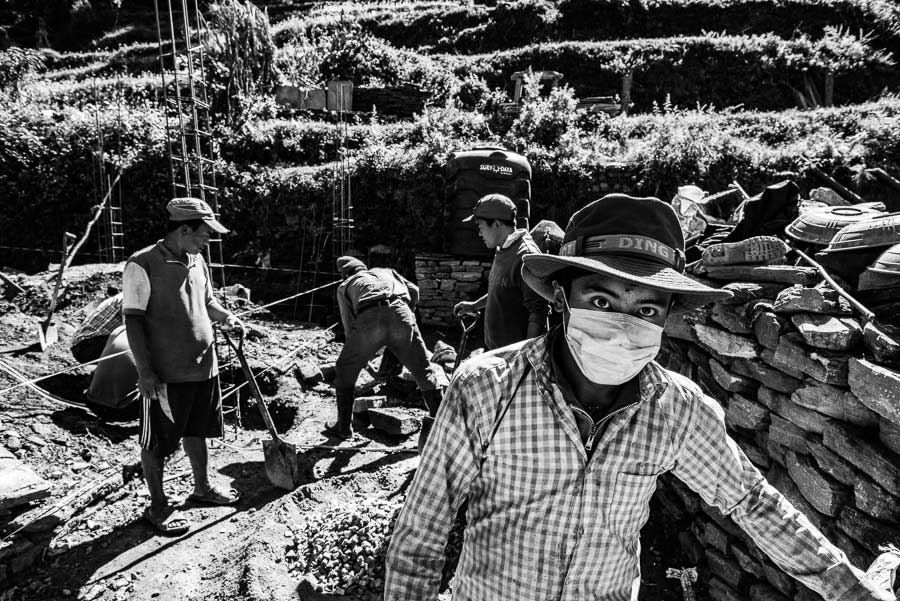
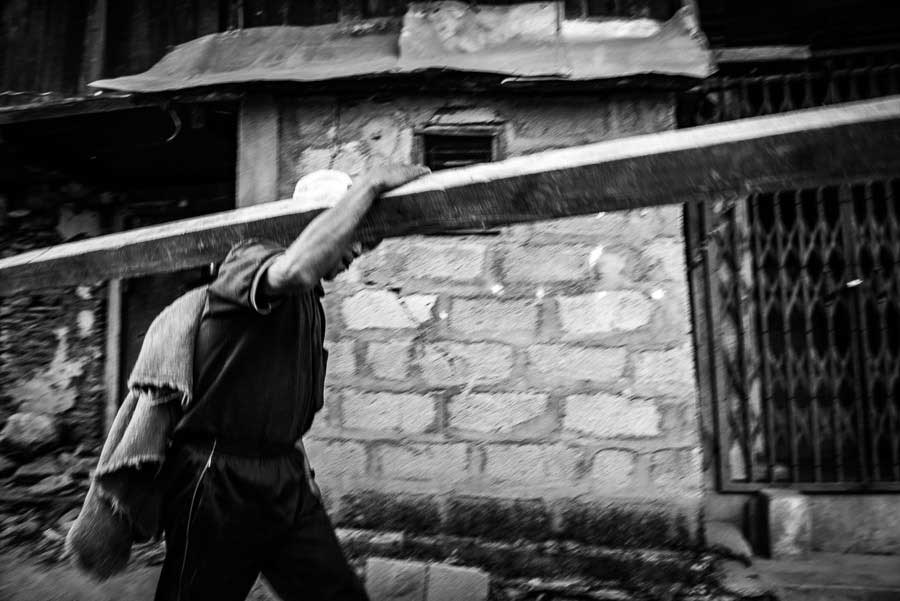
We were a very happy family, but the earthquake took my husband who got stuck under a collapsed building. My life is miserable and sad,
-A resident of Barpak-
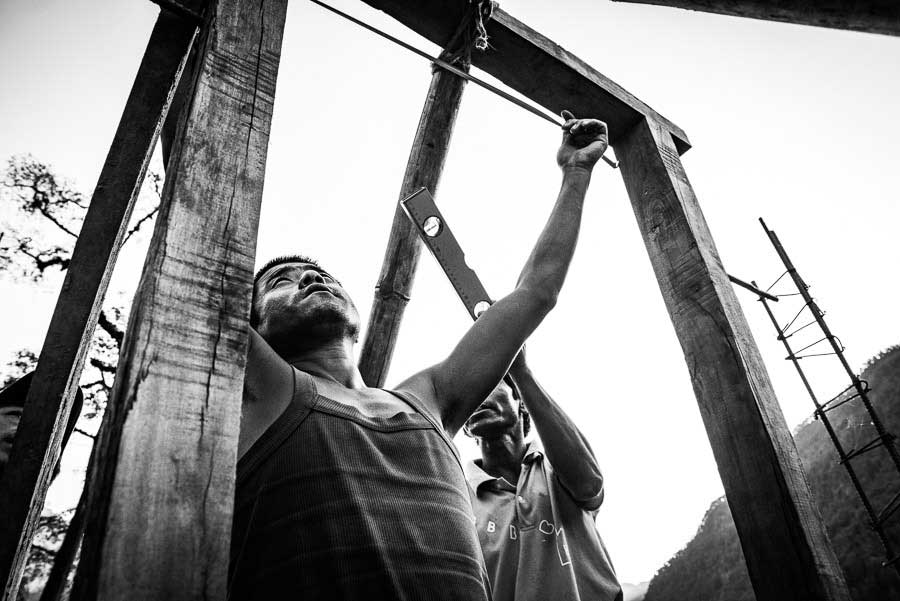
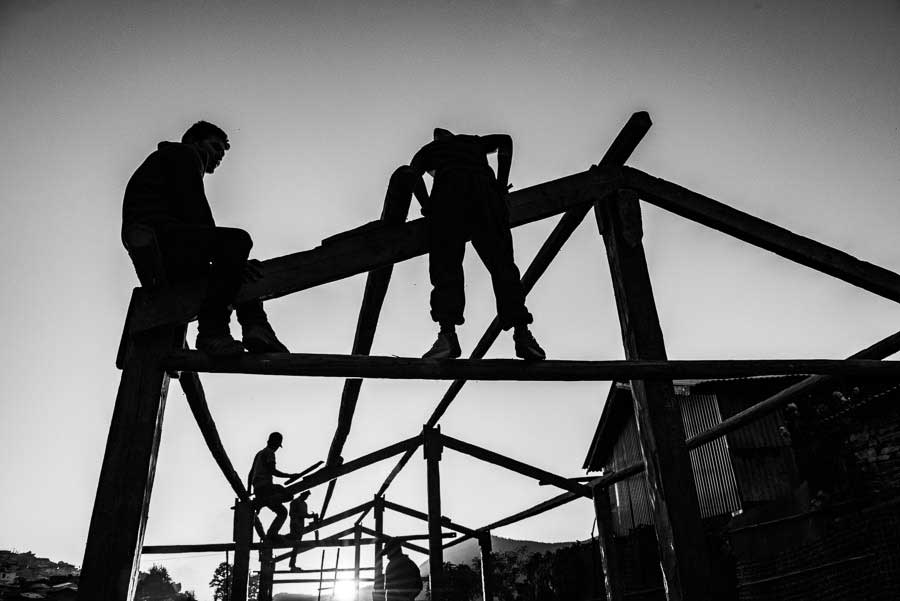
After the earthquake, our life is a constant struggle. We’ve built a temporary shelter using all the money we had. Now our life is a struggle; we don’t know whether we’ll be able to build a new home, we don’t know whether we’ll be able to send our children to school. My health is getting worse and worse…,
-A resident of Barpak-
